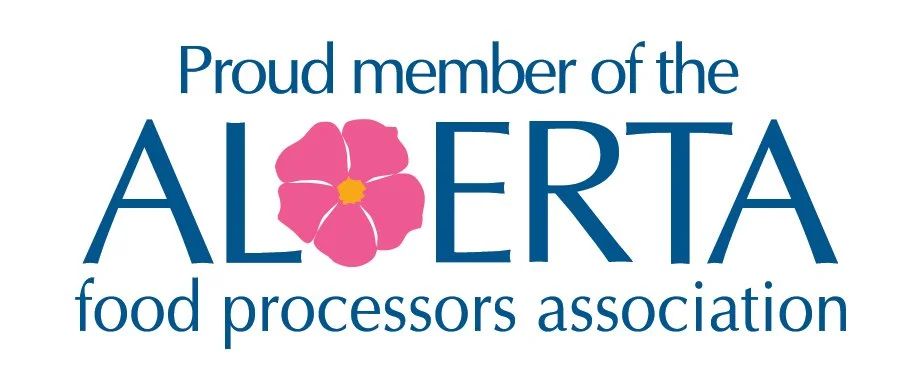Since new mainline pipelines are currently vilified by a loud portion of the North American population, producers are turning to rail as an alternative to fill the continued growing demand for oil and gas products. The rail alternative has had lots of press in Alberta since the NDP government announced plans to lease or purchase over 4,000 tank cars to ship approximately 120,000bbls of Alberta crude oil to market each day. The current UCP government is moving away from this strategy and is in the process of selling the rail contracts to producers, possibly at a subsidized rate, as the recent provincial budget forecasts a $1.5-billion liability related to the contracts.
At Whitehorn, we have recently done some rail related transactions, so our curiosity on the matter caused us to dig in and answer some questions:
Is oil by rail a viable alternative?
How much of Western Canada’s oil is currently transported by rail?
How much more oil can Alberta & Saskatchewan currently load onto railcars?
Is it significant enough to really matter?
Canadian Oil Transportation
According to the Canadian Association of Petroleum’s (CAPP) 2019 annual Crude Oil Forecast: Markets and Transportation Report, rail offers an alternative mode of transportation that the industry relies on to transport crude and may rely on even more as pipeline projects continue to face challenges and delays. While rail is an important and a growing mode of transport, it is not without its limits and challenges. As Figure 1 below shows, the vast majority of Canadian crude oil is transported via pipeline, even if rail was to triple in the near term it would still be a minor contributor compared to pipelines.
Source: Statistics Canada
Transload Capacity
The exact volume of crude and equivalent that could be loaded for rail in Western Canada in 2019 is not accurately known. Various sources, including industry executives and CAPP, suggest there is 1.1 million barrels per day of loading capacity at full utilization. However, the sector has never moved anywhere near 1.1 million barrels per day. Figure 2 notes the peak use of rail in Western Canada for moving crude and equivalent was in November 2018 when about 25,000 railcars were used to move roughly 500,000 bbls / day of oil on average.
By just the math, it would seem there is room for another 600,000 bbls /day of transload capacity, an additional 600,000 bbls / day equals 12.5% of current production (0.6/4.8). Adding this level of capacity, is not statistically impressive but it is similar to the expected additional capacity of the Trans Mountain pipeline expansion. It seems like a no brainer, let’s get those railcars a rolling. Alas, it is not the easy.
Unfortunately, transload capacity is not the only constraint to consider. The following constraints also exist:
Railway Logistics - the railways need time to adjust service to accommodate any meaningful increase in shipments. The support and logistics of moving an extra 20,000 railcars per month through the system is not easily accomplished
Product and Railcar Storage – There is not currently sufficient storage facilities close enough to the transload facilities to let it operate at full capacity. Adding storage for both product and railcars are significant long-term investments and an investor must weigh the risk of future pipelines displacing future rail shipments, which makes capital spends on storage assets rather risky investments.
Price Spreads - The price for product at the railcar’ destination needs to have enough premium over the current price in Western Canada to make rail a reasonable alternative financially. This premium needs to cover:
The transport of the product to the transload facility,
Storage at the transload facility,
The difference in cost of rail transportation over the cost of pipeline transport; and
Potentially the cost of transload and storage at the destination.
As you can see in figure 2, when the Alberta government initiated its production curtailment in February 2019 the volume of railcars moved dropped sharply. This drop was related to the increase in the price for crude in western Canada. The smaller difference of the western Canadian price and the Texas price was not large enough for rail transport to make financial sense for producers and shippers.
Source: Statistics Canada
Conclusion
While rail is a legitimate option, it is unlikely to be a long-term solution to solve Western Canada’s lack of pipelines to export markets, it is poised to be a temporary solution for some of the region’s incremental production growth. With the unknown future of new pipelines and the Alberta government’s continued support through the railway contracts and relaxed production curtailments producers are more likely to make the investments required to grow the volume of product transported via rail.









